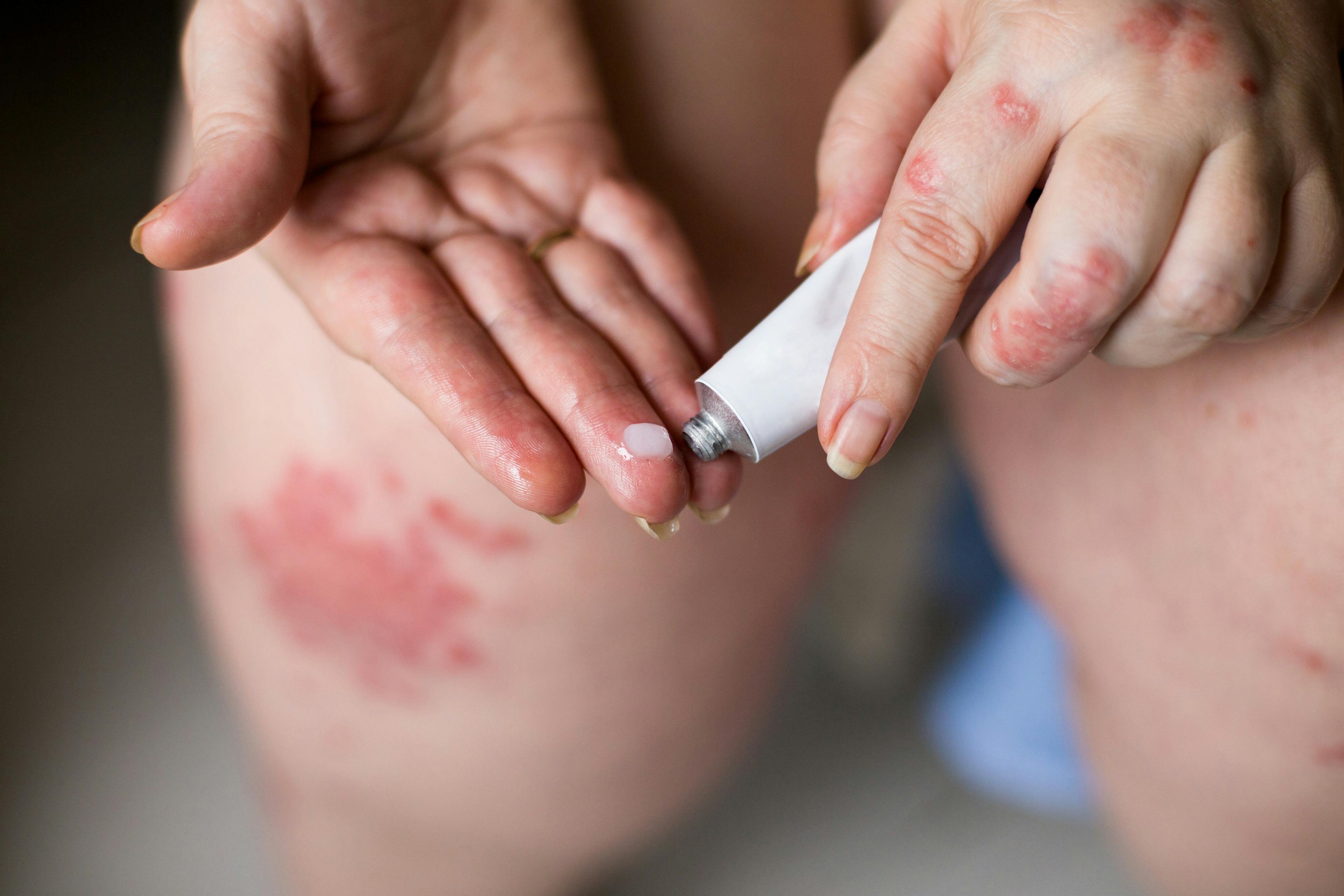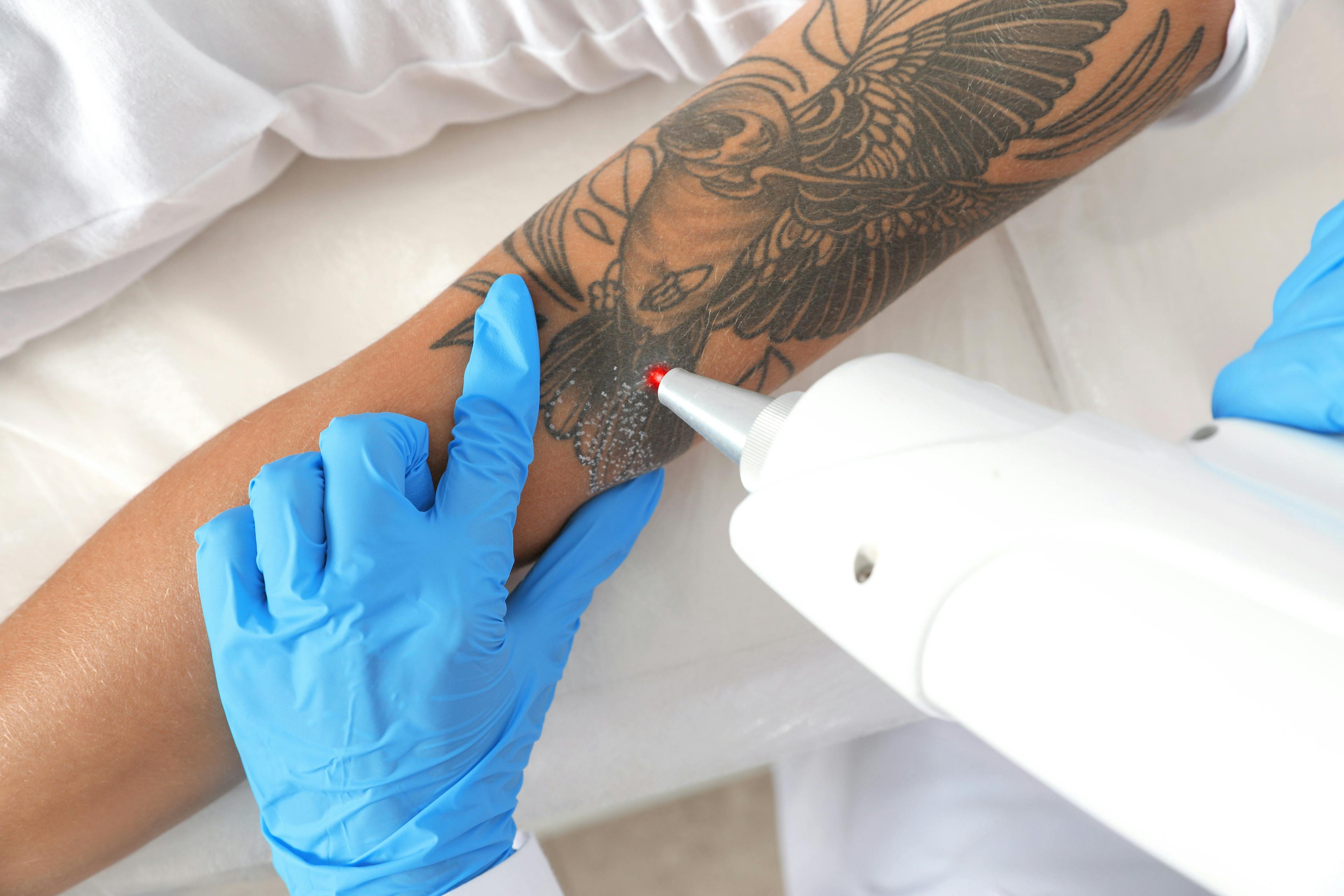- Acne
- Actinic Keratosis
- Aesthetics
- Alopecia
- Atopic Dermatitis
- Buy-and-Bill
- COVID-19
- Case-Based Roundtable
- Chronic Hand Eczema
- Chronic Spontaneous Urticaria
- Drug Watch
- Eczema
- General Dermatology
- Hidradenitis Suppurativa
- Melasma
- NP and PA
- Pediatric Dermatology
- Pigmentary Disorders
- Practice Management
- Precision Medicine and Biologics
- Prurigo Nodularis
- Psoriasis
- Psoriatic Arthritis
- Rare Disease
- Rosacea
- Skin Cancer
- Vitiligo
- Wound Care
Publication
Article
Dermatology Times
The role of ’biotics in skincare
Author(s):
Zoe Diana Draelos, M.D, discusses prebiotic, probiotic and postbiotic skincare products and their role in normalizing the skin microbiome.
Dr. Draelos

WHAT IS PREBIOTIC SKINCARE?
The biotics are the newest ingredients in skincare based on normalizing the microbiome to achieve skin health. This sounds wonderful until you realize the normal microbiome has yet to be defined! Nevertheless, an evaluation of biotic products is worthwhile. These skincare products can be classified as prebiotics, probiotics and postbiotics.
RELATED: New concepts in cosmeceuticals: Body rhythm moisturizers
Prebiotics are substances that promote the growth of beneficial bacterial organisms and inhibit harmful bacteria on the skin surface. Oral prebiotics are nondigestible carbohydrates found in fibrous foods, such as legumes, whole wheat, garlic, onions, oats, berries, etc. These foods contain fructo-oligosaccharides (FOS) and galacto-oligoaccharides (GOS), which are nonabsorbable sugars providing nutrition for beneficial bacteria in the gut.
Prebiotic skincare products are based on these sugars or plant oils that are able to provide nutrition for bacteria on the skin surface, which constitute the microbiome. Thus, prebiotic skincare products contain botanically based sugars and oils that provide bacterial nutrition.
WHAT IS PROBIOTIC SKINCARE?
Probiotic skincare contains living organisms placed on the skin from sprays or creams. Probiotic foods that contain bacterial fermentation products include yogurt, kefir, kombucha tea and sauerkraut. The bacteria most commonly used in probiotic skincare products include the dairy propionic acid bacteria (PAB) lactobacillus and bifidobacterium.
True probiotic skincare products must be refrigerated, as they cannot contain preservatives. The preservatives would destroy the beneficial bacteria meaning probiotic skincare is bacterially contaminated! This is the basis for the controversy surrounding these products.
For a probiotic skincare product to be effective, the bacteria must demonstrate adhesion to the skin, transient colonization, resistance toward potential pathogens, and production of antimicrobial substances. In vitro studies show PAB stratum corneum adhesion rates of 4-16%, so it’s possible probiotic skincare might hold some promise. However, putting live bacteria in skincare products is challenging, so most probiotic skincare products contain ultrasound-inactivated bacterial extracts from PAB, which can exist in unrefrigerated, preservative-containing formulations. In addition, many probiotic skincare products contain bacterially fermented ingredients, not necessarily live bacteria inducing fermentation.
RELATED: What's new in skincare
One mechanism of action for the effect of bacterial extracts on the skin is bacterial interference. Since bacteria must touch the skin surface for nutrients and reproduction, if the dead bacteria extracts take up space on the skin surface, they can inhibit the growth possible pathogenic organisms through competitive inhibition of binding sites.
If prebiotics and probiotics are combined in the same skincare formulation, the resulting product is known as a synbiotic. Synbiotics contain both the nutrients for bacterial growth and the bacteria.
WHAT IS POSTBIOTIC SKINCARE?
Postbiotic skincare products contain non-viable bacterial products or metabolic by-products from probiotic bacteria. Postbiotics are produced during the fermentation process of probiotic bacteria.
Examples of postbiotics include enzymes, peptides, peptidoglycan-derived muropeptides, polysaccharides, cell surface proteins and organic acids. Postbiotics are really nothing new to dermatology, as many currently marketed skincare products contain bacterial fermentation products, such as lactic acid and glycerol. The therapeutic value of these ingredients has been well established.

Newsletter
Like what you’re reading? Subscribe to Dermatology Times for weekly updates on therapies, innovations, and real-world practice tips.





























